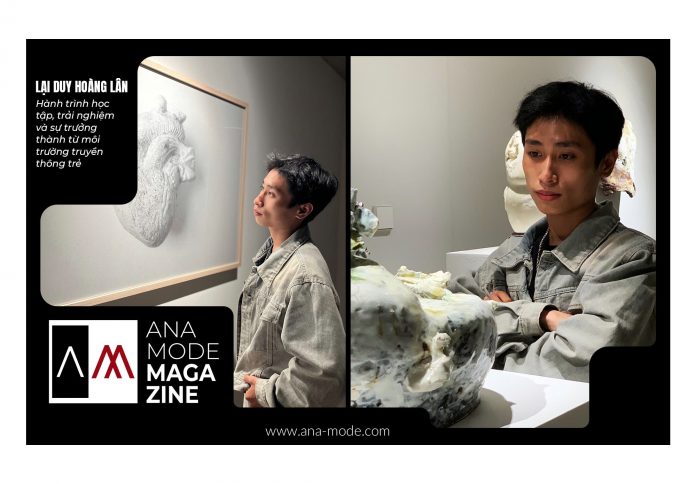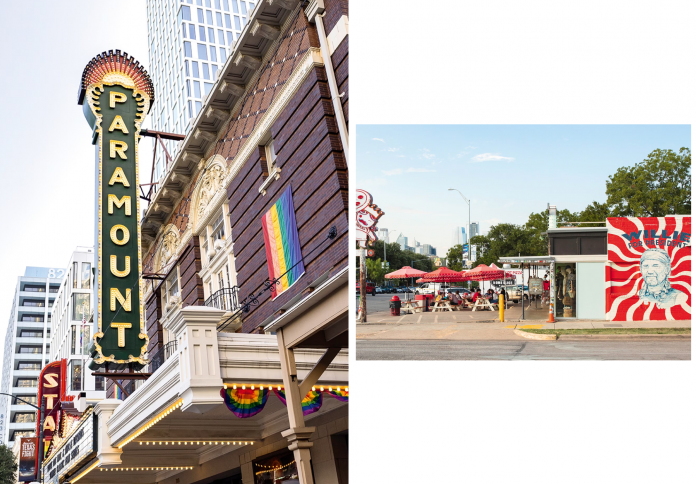Once viewed as symbols of excessive wealth, residential helipads have become practical tools for mobility, security, and architectural prestige. As more high-net-worth individuals turn to vertical transportation to reclaim their time and maximize privacy, the integration of helipads into private homes is no longer reserved for ultra-elite estates—it’s increasingly seen as a smart, forward-thinking design choice. This article explores the technical, legal, and aesthetic dimensions of building a rooftop helipad, offering insight for developers, architects, and discerning homeowners.
The evolving role of helipads in high-end living
In today’s fast-paced, hyperconnected world, luxury is increasingly measured in terms of convenience and autonomy—and a private helipad delivers both. For executives, celebrities, and global entrepreneurs, owning a home with helipad access means bypassing traffic, avoiding commercial airports, and responding swiftly in emergencies.
From the Hamptons to Hong Kong, rooftop helipads are appearing atop luxury condos and sprawling estates, allowing residents to maintain privacy while moving quickly between city centers, airports, and remote destinations. What was once a novelty is now considered a serious asset for those whose time is their most valuable commodity.
Beyond transportation, helipads also act as a value-boosting feature in real estate. In a crowded luxury market, a rooftop helipad sets a property apart, appealing to a clientele that expects ultra-personalized living solutions. It is the physical embodiment of time-saving elegance, blending utility with status.
The practical benefits of private helipads

The core advantage of having a helipad at home is time efficiency. A 15-minute helicopter flight can replace a 90-minute car journey through city traffic. In metropolitan hubs like New York or São Paulo, where congestion is a daily obstacle, this shift can translate to hours saved every week.
Equally important is the privacy and security offered. For individuals in the public eye, discreet air travel from home avoids the visibility of airports and ground-level transit. It’s not only safer but also significantly less stressful.
In certain regions, helipads also offer critical emergency response capabilities. Whether it’s providing a fast exit during a wildfire or enabling emergency medical transport in isolated areas, aerial access is both a luxury and a potential lifeline. And of course, for property investors, the return on building a helipad can be substantial. High-end buyers increasingly expect aviation access—and are willing to pay for it.
Challenges in building rooftop helipads
Despite the appeal, integrating a helipad into a private residence is far from simple. Regulatory, engineering, and acoustic hurdles can derail projects without expert planning. Airspace regulation is one of the biggest obstacles. In the U.S., for example, homeowners must comply with FAA guidelines, local zoning laws, and often obtain environmental clearances. Urban areas present particular challenges due to flight path restrictions and population density.
Engineering demands are equally intense. A rooftop helipad must withstand rotor vibration, aircraft weight, wind stress, and weather conditions. Retrofitting an existing structure requires in-depth structural analysis and reinforcement, usually with steel or concrete supports.
Noise pollution is another major concern. Helicopters can reach 100 decibels or more on takeoff, sparking opposition from neighbors. Developers must incorporate flight path planning, sound insulation, and, where possible, quieter aircraft like electric VTOLs to maintain community support.
Helipad design: size, structure, and safety

A helipad is not just a slab of concrete—it’s a highly engineered landing system. According to FAA and ICAO guidelines, the pad should be at least 1.5 times the diameter of the aircraft’s rotor. That means a helicopter like the Bell 429, with a rotor span of 42 feet, requires a landing zone of about 63 feet.
Designing for safety includes multiple elements:
- Perimeter safety systems such as retractable railings or nets
- FAA-compliant lighting, with options for solar or automated operation
- Fire suppression systems, typically foam-based, triggered by sensors
- Wind direction indicators and clear, weather-resistant surface markings
- Drainage systems to prevent water pooling, maintaining traction and durability
IoT-enabled diagnostics are now common in high-end helipads, offering real-time updates on wind speed, pad status, lighting, and maintenance needs—all from a smartphone dashboard.
Blending helipads with luxury design

A helipad should feel like a natural extension of the home’s architecture, not a tacked-on industrial feature. Design teams work closely with architects to match materials, shapes, and finishes that harmonize with the existing structure.
For instance, a beachfront villa might incorporate teak decking and curved glass railings that mirror nearby terraces. In urban penthouses, retractable helipads or recessed platforms allow for concealment when not in use, preserving skyline views.
Lighting, one of the more functional aspects, can be elegantly integrated as ambient or under-platform illumination, maintaining usability without disrupting the home’s visual language. Done well, a helipad becomes an architectural feature in its own right—sleek, minimalist, and impressive.
Smart technology integration for aviation-ready homes
As with most luxury features today, helipads are becoming smarter. Integrated with home automation systems like Control4 or Crestron, modern helipads can be monitored and managed remotely.
Key smart features include:
- Automated safety checks and lighting triggered by scheduled flights or aircraft proximity
- Real-time weather updates fed directly to pilot or homeowner apps
- Biometric access controls such as fingerprint or facial recognition to secure the deck
- Remote video feeds and maintenance alerts to ensure safe, continuous operation
Such integration not only enhances safety but also simplifies the management of what is, essentially, a private aviation facility.
Legal, zoning, and environmental considerations

Building a helipad without careful legal groundwork is a recipe for disaster. Municipal zoning laws may prohibit or limit helicopter activity in residential areas. Gaining FAA clearance requires submitting Form 7480-1 for an airspace analysis. In some jurisdictions, environmental impact assessments are mandatory, particularly where wildlife, noise, or scenic views could be affected.
Engaging legal and aviation consultants early is essential. Permitting can take months, and neighborhood opposition can slow or halt projects entirely. Noise control remains the top concern among regulators and residents. Solutions range from flight path optimization and shock-absorbing materials to landscaping that buffers sound. Looking ahead, the rise of electric vertical takeoff and landing aircraft (eVTOLs) promises to revolutionize noise standards, making helipads more acceptable in residential zones.
The future of aviation-ready homes
As cities get denser and ground traffic slows, sky-bound transport is poised to become mainstream for luxury homeowners. The rooftop helipad represents not just a lifestyle choice but a forward-facing investment in autonomy, safety, and high-value infrastructure.
Whether it’s for business, emergency use, or personal comfort, a well-designed helipad can enhance a home’s value, its functionality, and its prestige. With careful planning and the right team of experts, what was once an indulgence is quickly becoming an essential feature of next-generation luxury living.










